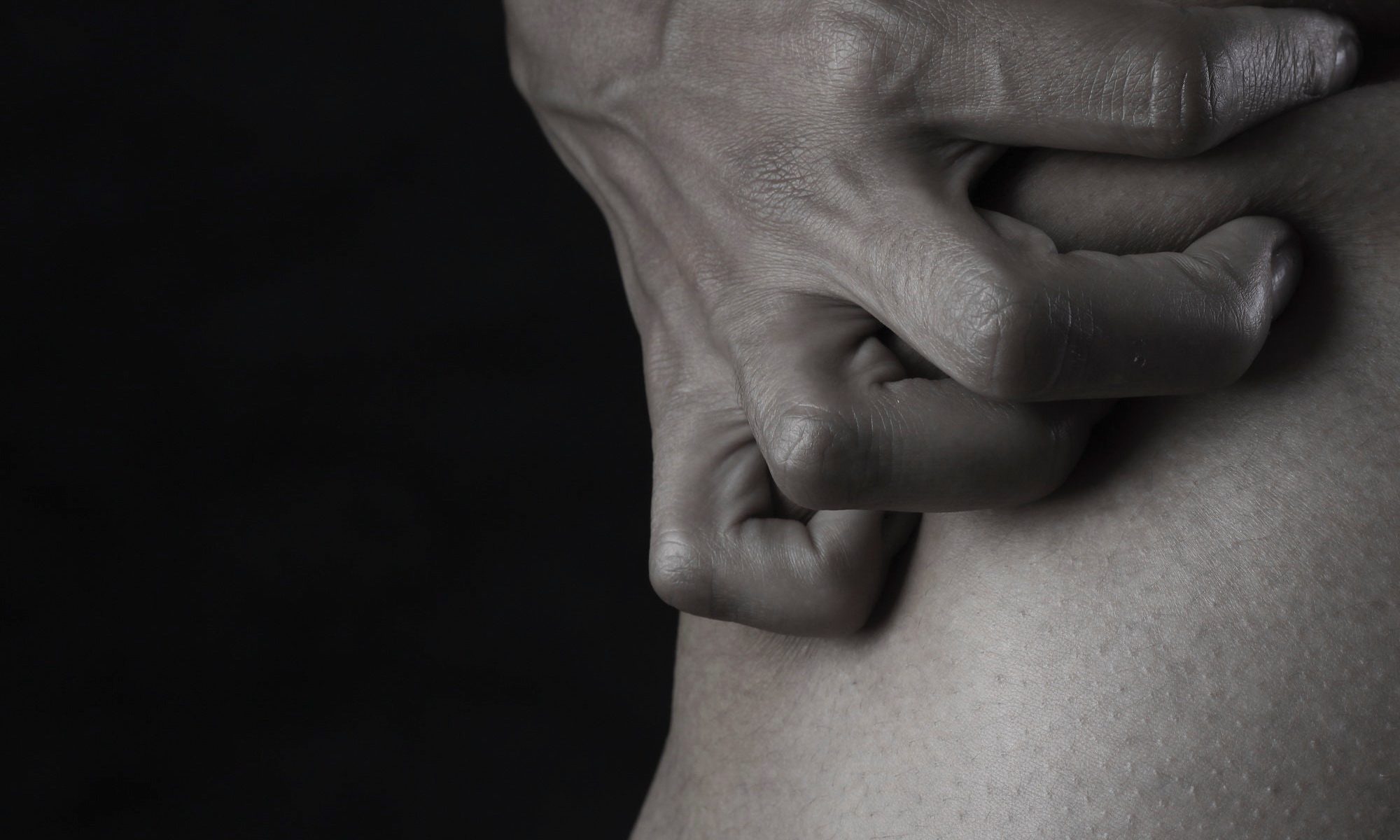The well-known Dr. Gil Yosipovitch, Professor of Dermatology at the University of Miami Miller School of Medicine and Director of the Miami Itch Center, recently lectured on various aspects of itch at the 2018 ODAC meeting. He has asked his two research fellows to write on the topic for Next Steps in Dermatology. This is the first article in a 2-part series about itch.
Addressing patients with pruritus (especially pruritus of unknown origin) can often be a challenging task. Patients suffering from chronic pruritus may be sleep deprived, anxious and depressed. It is important to approach these patient visits with patience and understanding. The first visit is central in not only correctly diagnosing the cause of pruritus, but also in building a rapport with the patient.
A focused yet thorough history is key to addressing the entirety of these patient’s conditions and the corresponding sequela. When obtaining a history, it is important to inquire as to the duration of pruritus (acute vs chronic), severity (e.g., on a scale of 0 to 10), location, temporality, exacerbating and alleviating factors, as well as current medications.
Questions about drug intake, such as use of opioid medications, may support a diagnosis of drug-induced pruritus. It is often essential to ask about close contacts suffering from pruritus, history of atopy and travel history. For example, a diagnosis of scabies may be supported by the presence of nocturnal pruritus and close contacts with itch. The answers to these questions may elucidate other information that can lead to a particular underlying etiology.
The physical exam is crucial to understanding the complete clinical picture. Common causes of pruritus such as atopic dermatitis may present with a variety of physical classical exam findings such as flexural eczema, infra-auricular fissures and hyperlinear palms. In those with an uncertain diagnosis, the physical exam is useful in directing the diagnostic work-up and management.
In a patient likely suffering from advanced aged pruritus, although xerosis is frequently present, the physical exam is often unremarkable. It is important not to overlook well-described but less common findings, such as aquagenic pruritus in a patient with polycythemia vera. Carefully considering the location or distribution of pruritus can help lead to the correct diagnosis. Localized pruritus of the posterior upper arms may be suggestive of brachioradial pruritus, while involvement of the palms or soles should raise suspicion for cholestatic forms of itch. Notalgia paresthetica classically presents with a localized unilateral hyperpigmented patch on the back. Similarly, in meralgia paresthetica one would expect to see focal and unilateral involvement of the lateral thigh.
In patients suffering from chronic pruritus (>6 weeks), the presence or absence of a rash suggests dermatologic or non-dermatologic etiologies, respectively. It is helpful to differentiate primary skin rashes causing itch from secondary ones like prurigo nodularis, lichenification and excoriations. Patients presenting with chronic itch of less than a year without rash warrant an extensive physical exam. In particular, lymphadenopathy or organomegaly should be evaluated in such patients and may be an ominous sign of an underlying lymphoreticular or hepatobiliary malignancy. A tremor or increased perspiration may justify an evaluation for hyperthyroidism.
Pruritus can be a challenge to manage and treat. The patient-physician relationship—beginning with the history and physical exam—is especially important for patients suffering from pruritus.
In the second part of this series, another fellow of Dr. Gil Yosipovitch’s will provide an overview of counseling and treatment options for these patients.

